
Ceramic mosaic art in Southern architectural works.
In the Southern region - a peaceful river region, communal houses, pagodas and temples are not only places to connect the spiritual life of the community but also living museums preserving the quintessence of Vietnamese folk art. Among them, ceramic mosaic art, also known as porcelain mosaic, is a unique mark, a blend of the talented hands of craftsmen and the creative souls of the residents of the new land.

Phu Long Communal House - a nearly 200-year-old communal house not only has special historical and cultural value but is also a vivid testament to the brilliant development of the ancient Lai Thieu pottery craft.
One of the typical works, considered the "precious gem" of the art of Southern ceramic mosaic is Phu Long communal house in Lai Thieu ward, Ho Chi Minh City. Lying on the poetic Saigon river, this nearly 200-year-old communal house not only has special historical and cultural value but is also a vivid testament to the brilliant development of the ancient Lai Thieu ceramic craft.
From folk art to royal architectural heritage
The art of porcelain mosaic in Vietnam appeared from the 17th - 18th centuries, initially as a folk creation of potters who used broken pieces of porcelain to create decorative shapes. Over time, this technique was perfected, spread to the Hue royal palaces, and then blended into the religious architecture of the South - where many cultural currents of the North - Central - South converged.
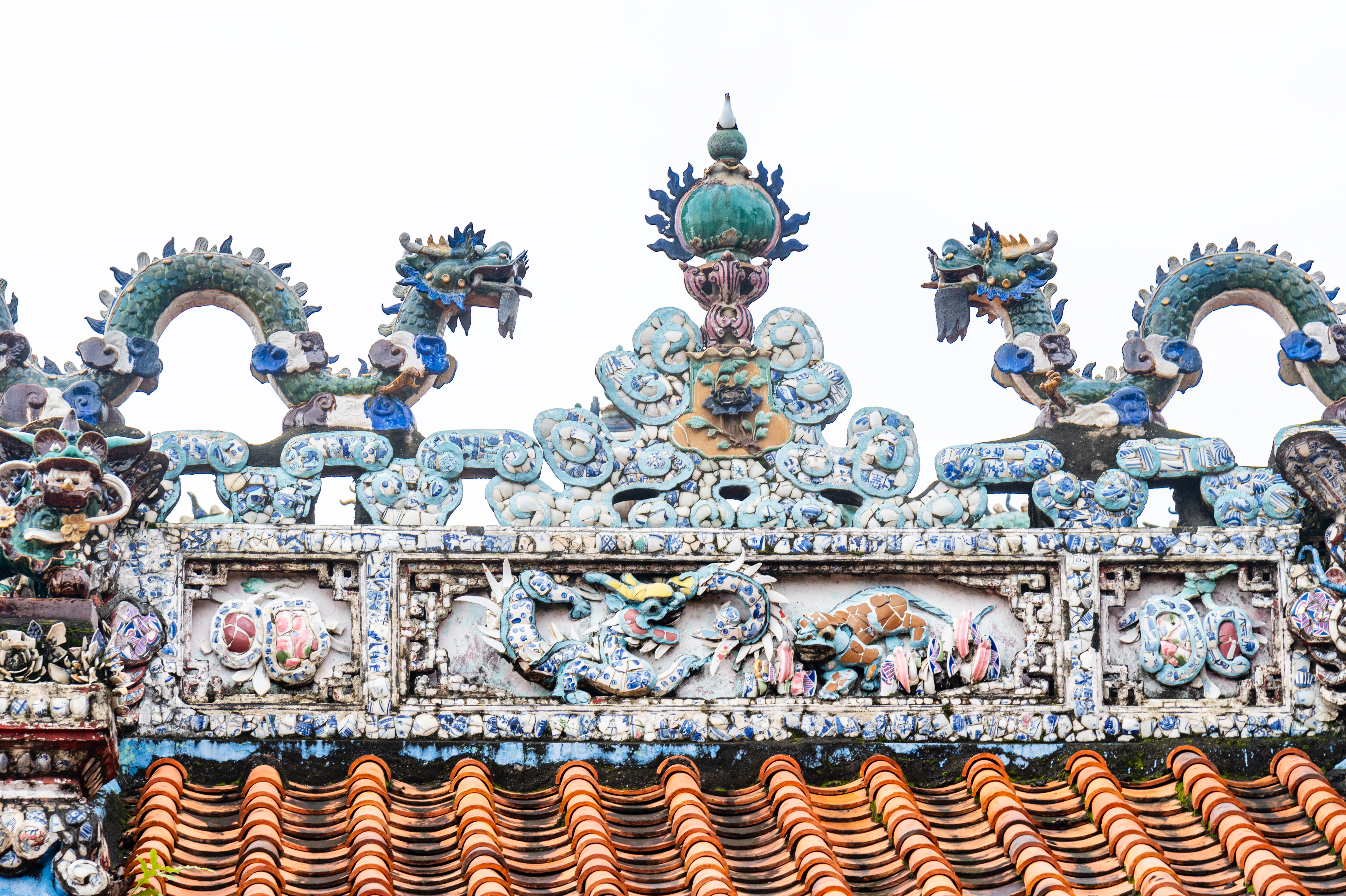
The art of ceramic mosaic in Vietnam is a folk creation of potters who use broken pieces of ceramic to create decorative shapes.
Thanks to the abundant clay resources and the thriving pottery industry in Lai Thieu, ceramic mosaic art quickly became a typical style of the region. Phu Long Communal House is considered a typical work, the only communal house ranked as a national monument of architectural art.
Ceramic painting reflecting on Saigon River
According to historical records, Phu Long communal house was built around 1842, and underwent a major renovation in 1865. Up to now, its architecture, yin-yang tiled roof, and tiled floor have remained almost intact. The entire facade, gables, and walls of the communal house are decorated with thousands of ceramic pieces of various shades - from jade green to ivory white, combined into vivid paintings depicting landscapes, sacred animals, and folk tales.

The entire facade, gables and walls of the communal house are decorated with thousands of ceramic pieces of various colors.
On the roof of the central hall is the image of “Two dragons fighting for a pearl” - two winding dragons made of green glazed ceramic pieces, in the middle is a shining pearl. Below are metaphorical themes such as “Marquis of the Land”, “Fish and Dragon Playing in the Water”, “Plum Duke”... The meticulously inlaid lines, clouds and patterns make the front of the hall a vivid picture under the sunlight.
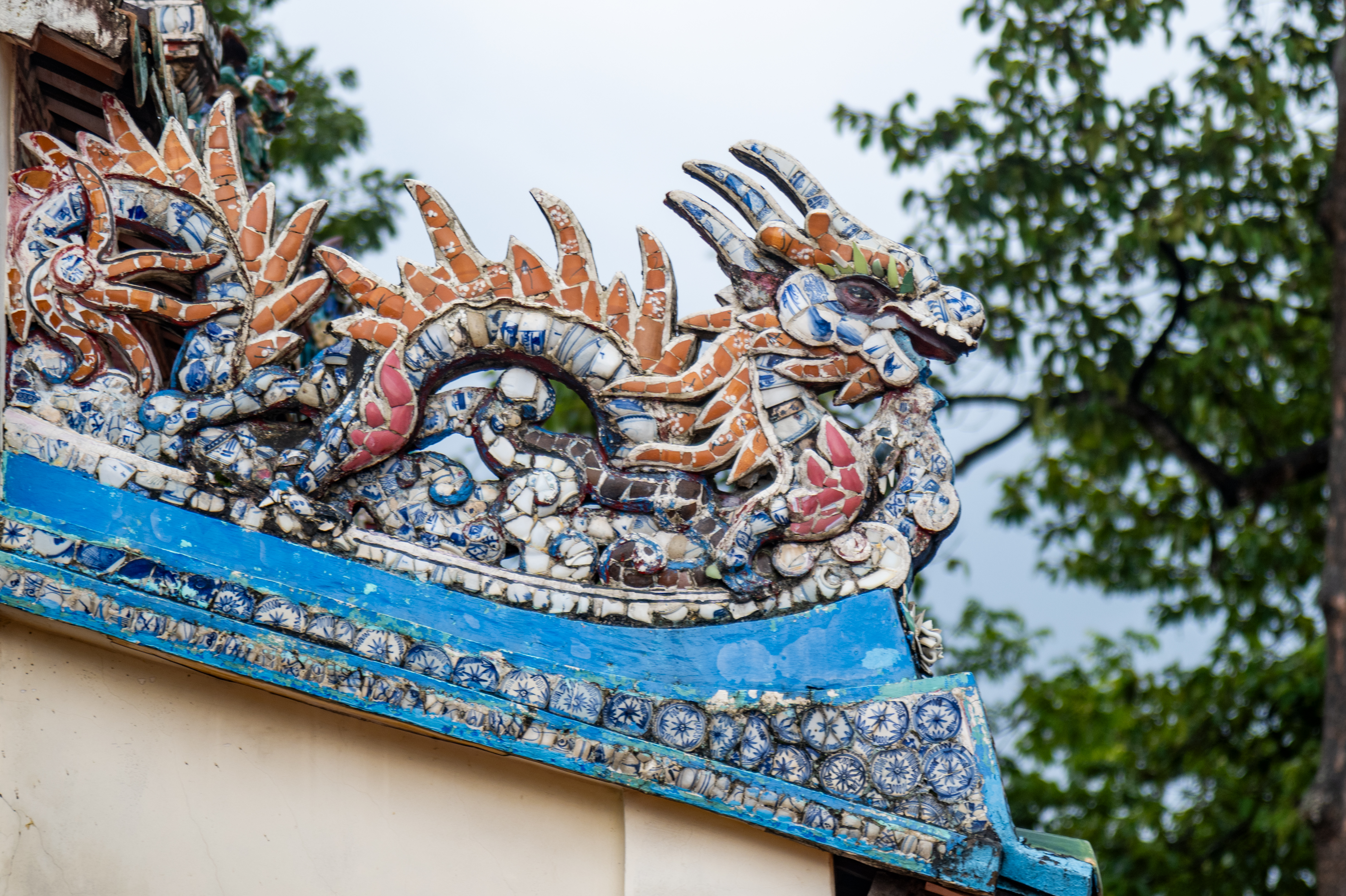
The meticulously inlaid patterns, clouds, and motifs make the facade of the vestibule a vivid picture in the sunlight.
Inside, the central hall is covered with blue glazed ceramic panels depicting the Four Sacred Animals - Eight Immortals - Fish transforming into a Dragon, creating a sacred and profound feeling. Each motif, whether it is a unicorn, a bamboo leaf or a phoenix's tail feather, shows such delicacy and precision that "the ceramic pieces seem to have souls". Ancient craftsmen knew how to use overlapping cups, bowls and glasses to create mountains, and cut curved glaze pieces to create clouds and sky, making viewers feel like they are lost in a legendary world .

The central altar is covered with blue glazed ceramic panels depicting the Four Sacred Animals - Eight Immortals - Fish transforming into a dragon, creating a sacred and profound feeling.
After more than 100 years, the pieces still have a shiny glaze, telling the story of the craftsman's talented hands and marking the traditional Lai Thieu pottery profession.
Cultural imprints and Lai Thieu pottery craft
Not only is it a place of worship conferred by King Tu Duc in 1853, Phu Long communal house is also a “masterpiece” of Lai Thieu’s civil ceramics – the pride of the Southern region in the 19th century. The ceramic pieces used for mosaic paintings are all taken from local kilns, with the main glaze colors: jade green, milky white, eel skin... both simple and full of local character.
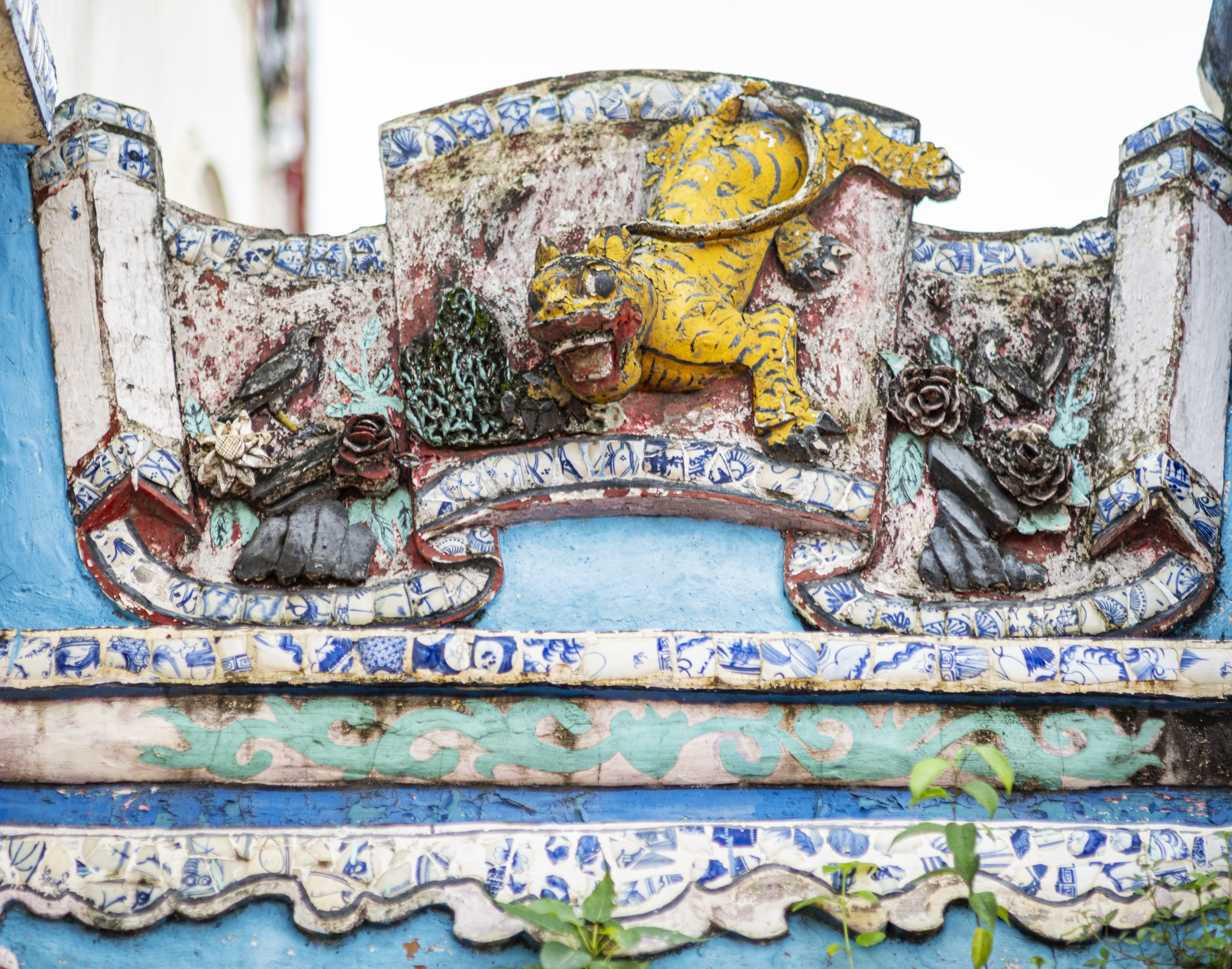
The intersection between folk beliefs and traditional ceramic industry has created a unique feature of Southern architecture - solemn yet liberal.
It is the intersection between folk beliefs and traditional ceramic industry that creates the unique features of Southern architecture - solemn yet liberal. There, ceramic mosaic art is not only decoration, but also a language expressing the philosophy of life: harmony between people, nature and spirituality.
From artistic heritage to cultural tourist destination
Through many historical ups and downs, Phu Long communal house has become a unique cultural tourist destination of Ho Chi Minh City today.
Visitors here can admire the unique ceramic mosaic art, feel the river space of the garden and attend the Ky Yen festival (August 17-18 of the lunar calendar) - the biggest festival of the year of the communal house.

Phu Long Communal House has become a unique cultural tourist destination of Ho Chi Minh City today.
With its location at the gateway of Ho Chi Minh City, near the main traffic route of Highway 1A, and next to the Saigon River, visitors can easily visit Phu Long Communal House. From the river wharf, just a short cruise, visitors from afar can visit and explore the ancient communal house that is over a hundred years old - each piece of pottery is a piece of the soul of the land, each pattern is a slice of Southern culture.
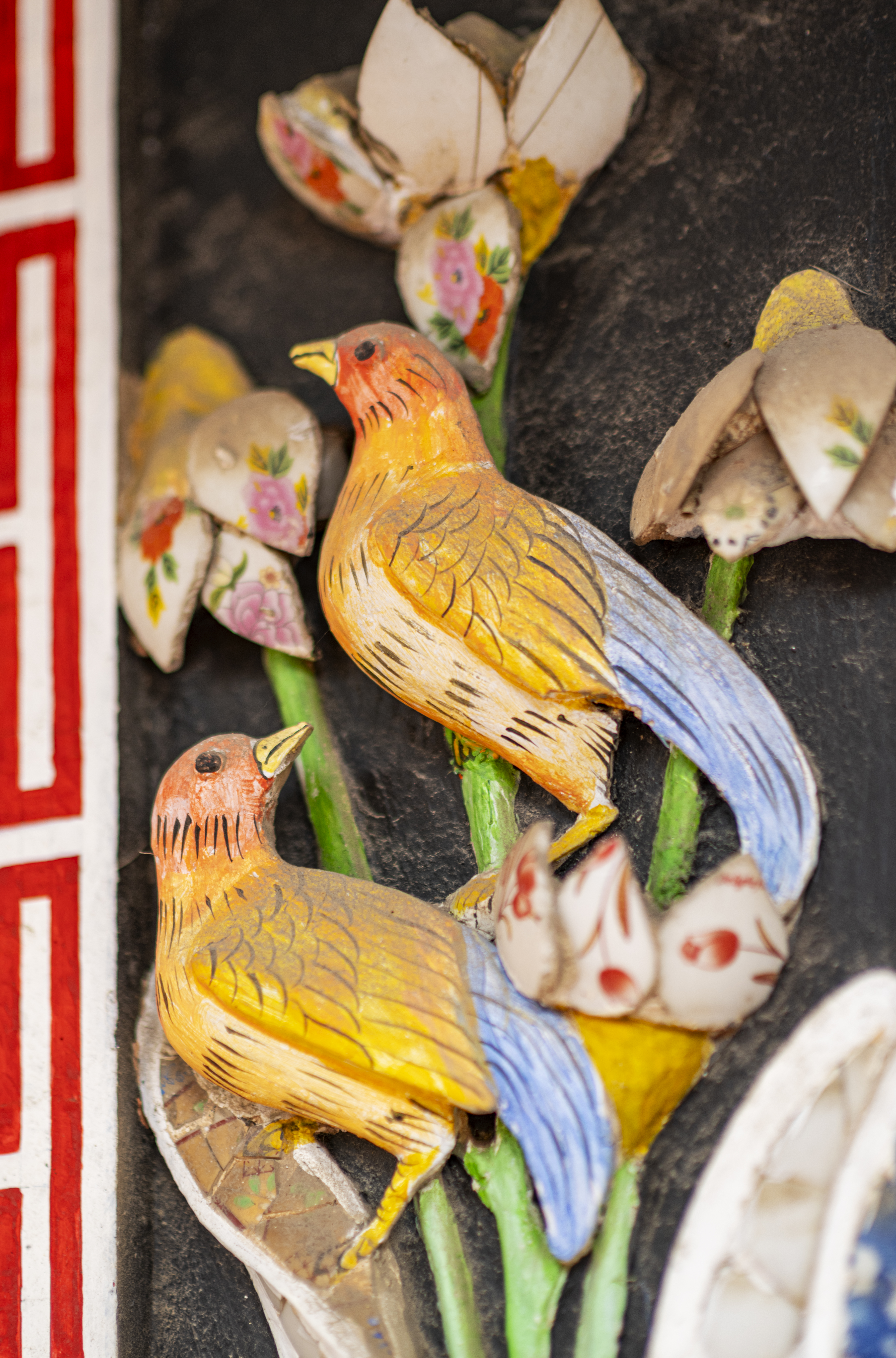
Each piece of pottery is a piece of the soul of the land, each pattern is a slice of Southern culture.
Nowadays, the art of ceramic mosaic in the South is facing the challenge of preservation due to time, weather and the decline of traditional ceramic craft. However, Phu Long communal house still stands proudly as a testament to the vitality of heritage - a place to preserve ancient techniques, inspiring the young generation of artisans.

Phu Long Communal House still stands proudly as a testament to the vitality of heritage - a place that preserves ancient techniques, inspiring the young generation of artisans.
If Hue has Thai Hoa Palace, Hanoi has Kim Lien Communal House, then the South has Phu Long Communal House - a ceramic gem reflecting itself on the Saigon River, a symbol of the harmony between human hands and the beauty of heaven and earth, between art and spirituality - the quintessence of Vietnamese cultural identity.
Source: https://vtv.vn/nghe-thuat-kham-gom-tai-cac-cong-trinh-kien-truc-nam-bo-100251118090851969.htm



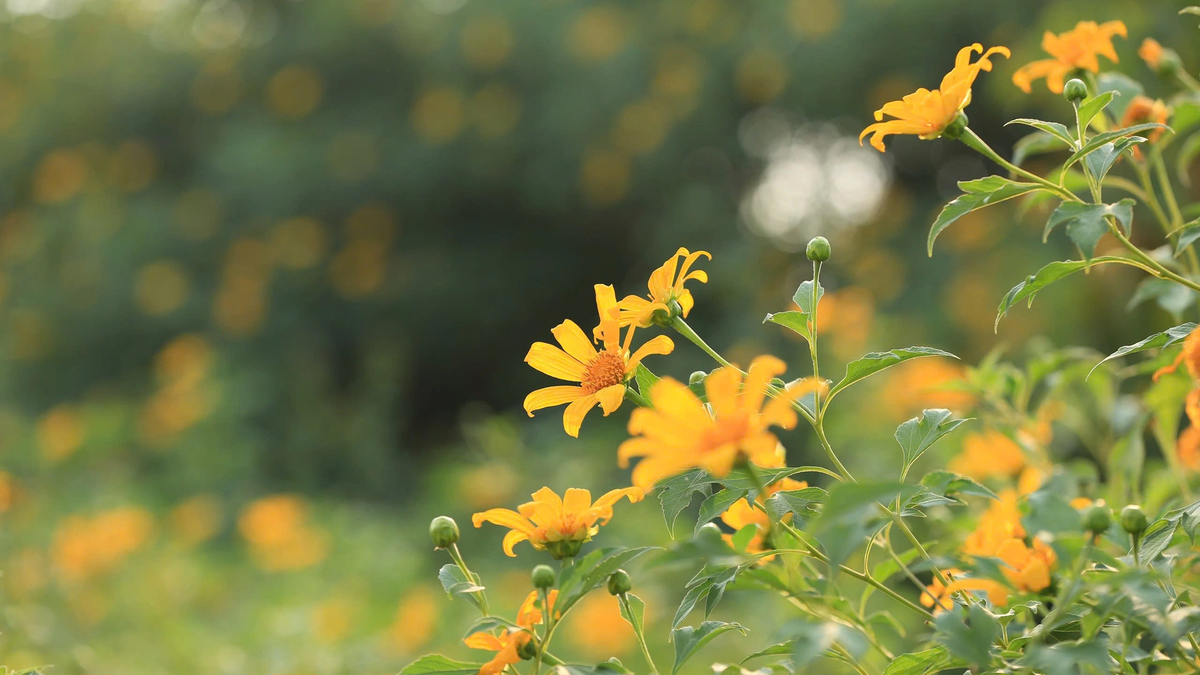

![[Photo] Prime Minister Pham Minh Chinh and his wife meet the Vietnamese community in Algeria](https://vphoto.vietnam.vn/thumb/1200x675/vietnam/resource/IMAGE/2025/11/19/1763510299099_1763510015166-jpg.webp)
![[Photo] General Secretary To Lam receives Slovakian Deputy Prime Minister and Minister of Defense Robert Kalinak](https://vphoto.vietnam.vn/thumb/1200x675/vietnam/resource/IMAGE/2025/11/18/1763467091441_a1-bnd-8261-6981-jpg.webp)





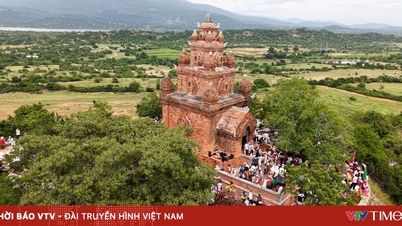




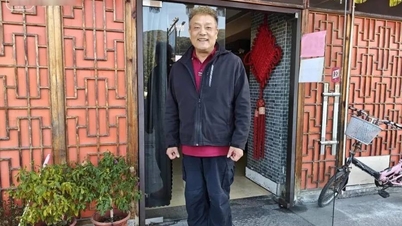






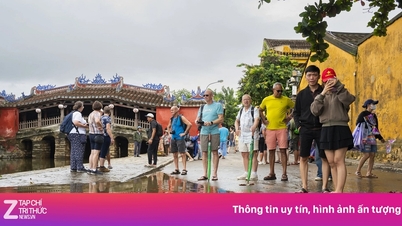










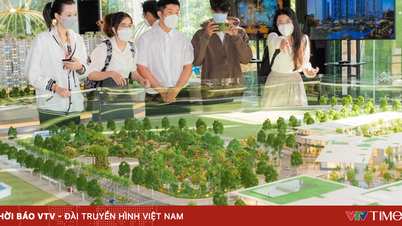







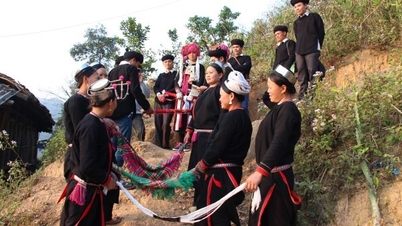



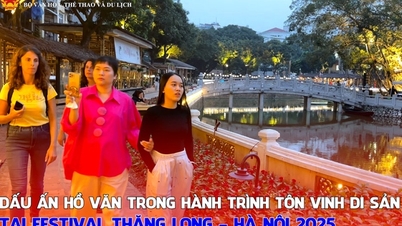

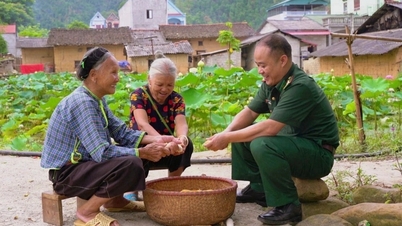










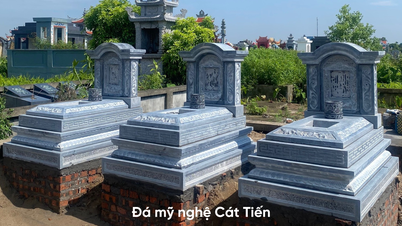






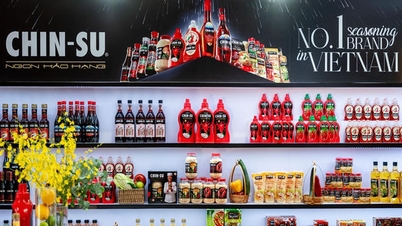













































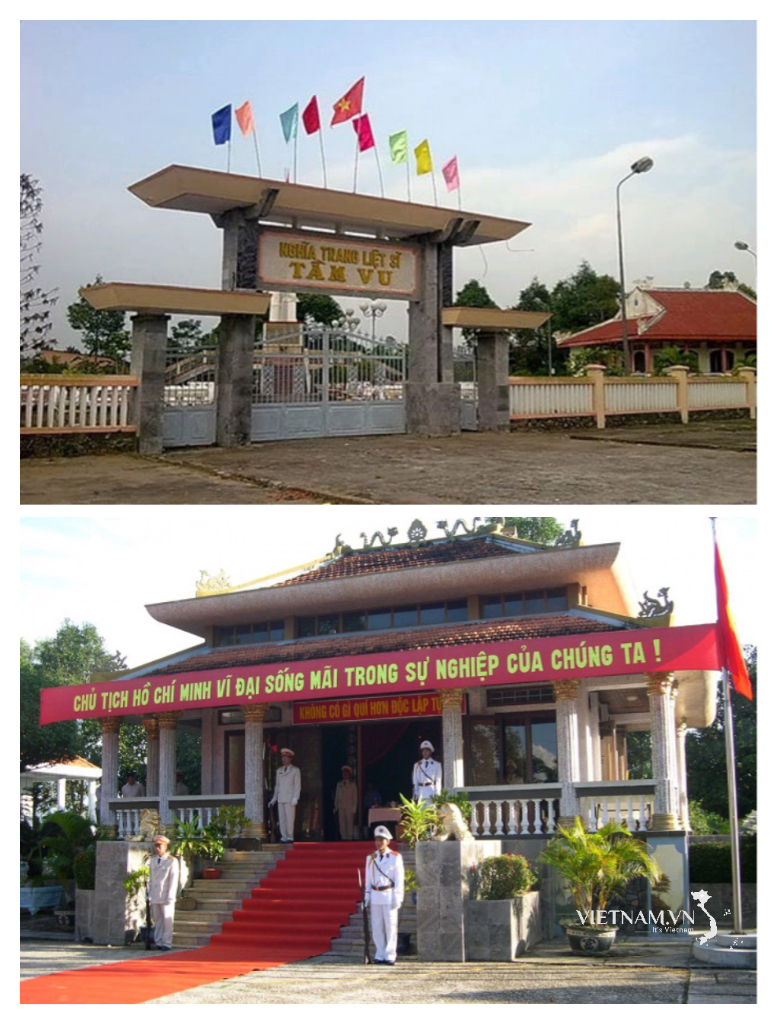
Comment (0)